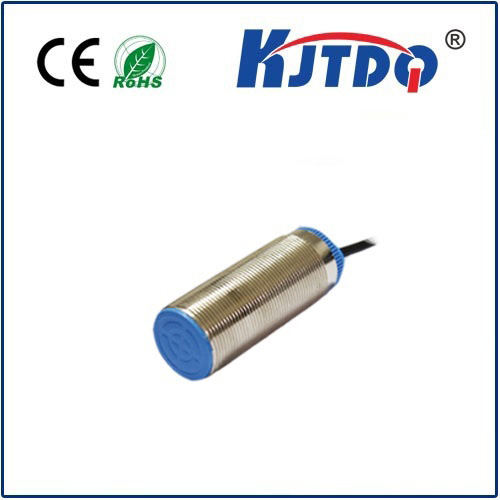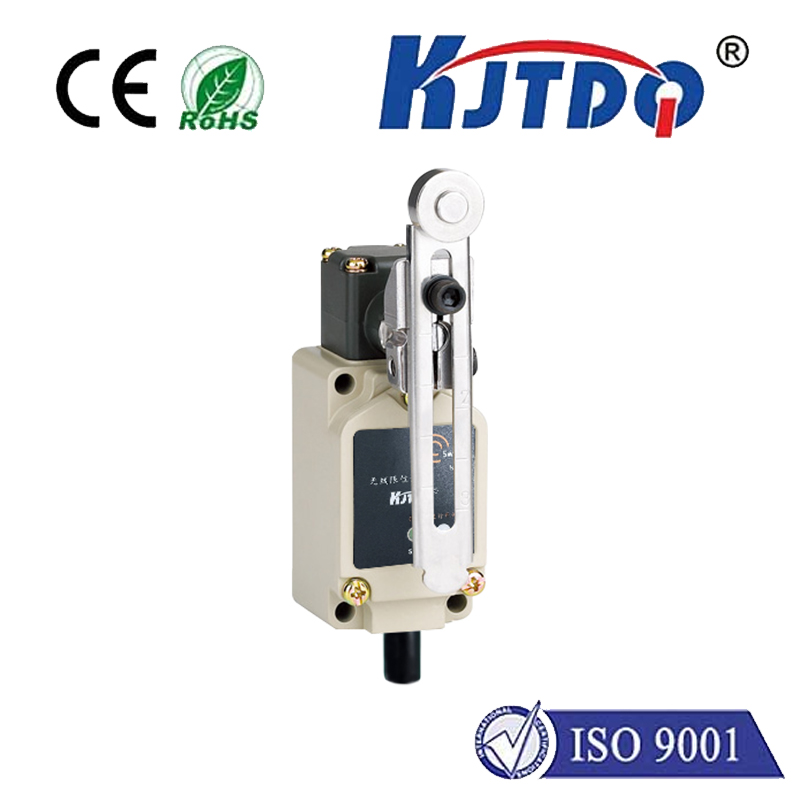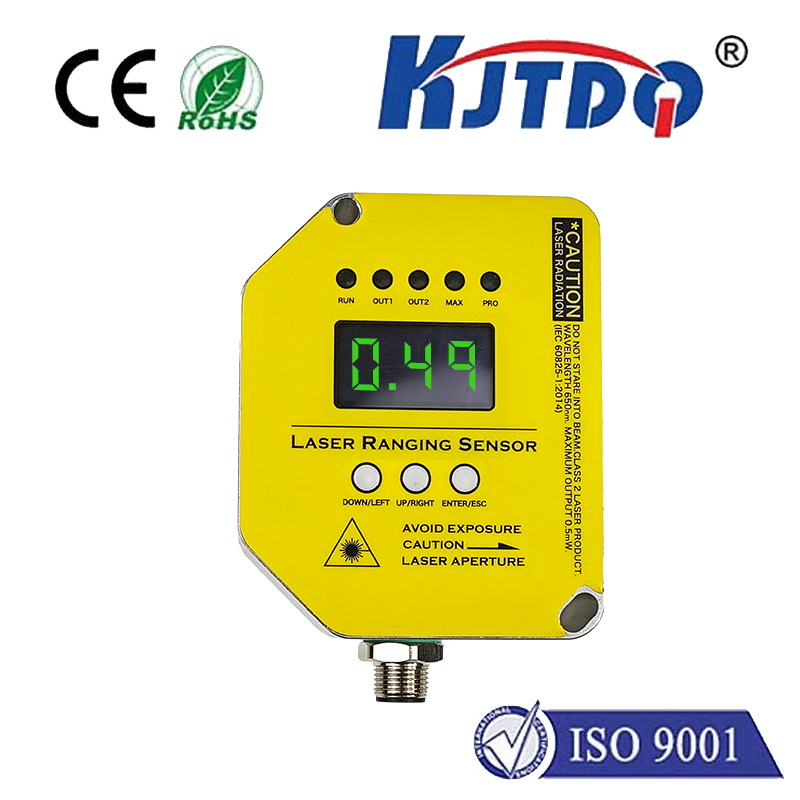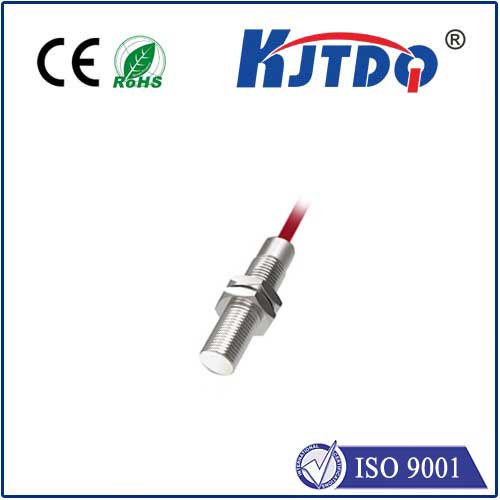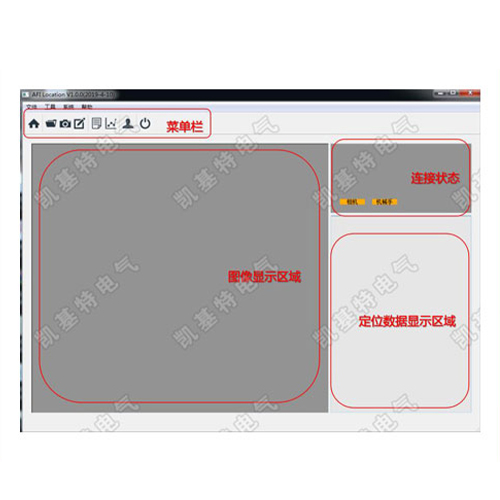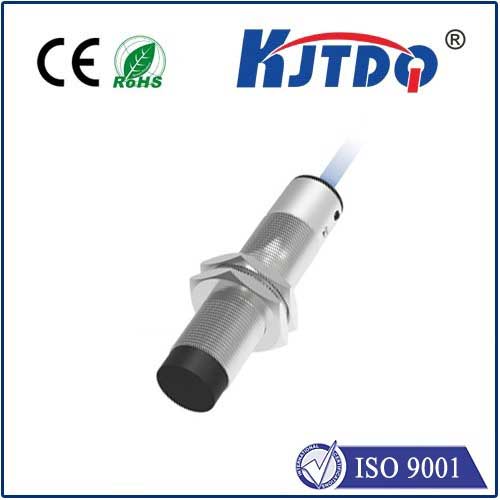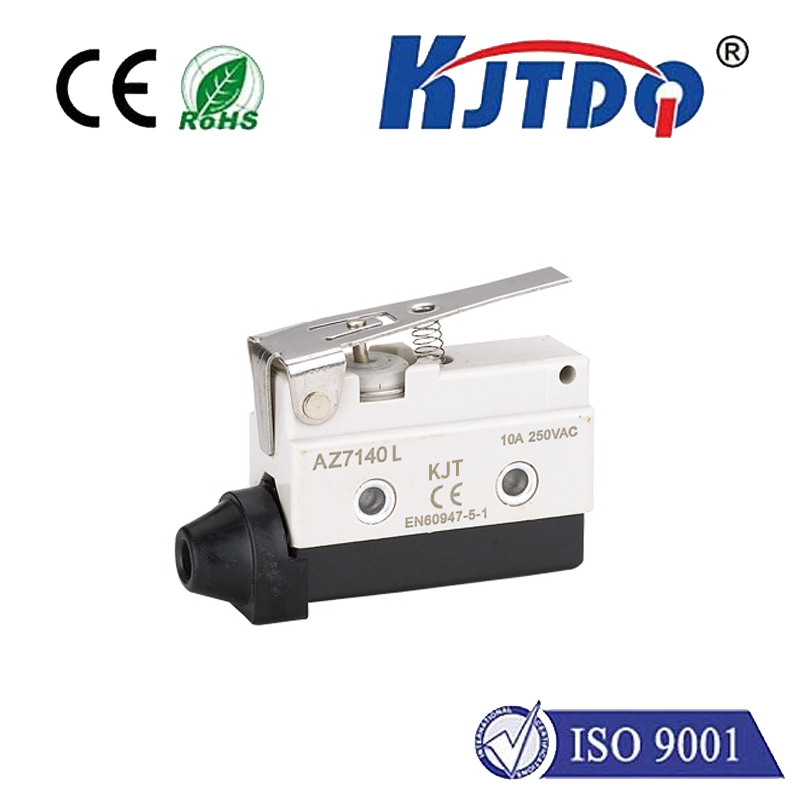human proximity sensor
- time:2025-06-16 16:50:41
- Click:0
Human Proximity Sensors: Revolutionizing Interaction, Safety, and Efficiency
Have you ever walked into a room and the lights automatically flicker on? Or approached a public restroom faucet and the water starts flowing without a touch? This invisible hand guiding modern convenience is often a human proximity sensor. These sophisticated devices detect human presence or approach within a specific range, enabling systems to react intelligently without physical contact. But this technology goes far beyond simple automation; it’s fundamentally changing how we interact with spaces, enhancing safety protocols, and driving remarkable gains in energy efficiency across countless applications.
At its core, a proximity sensor for humans answers one simple question: “Is a person nearby?” How it achieves this depends on the underlying technology. Here are the most common types:

- Passive Infrared (PIR) Sensors: These are arguably the most familiar. They detect changes in infrared radiation emitted by warm bodies (like humans) moving within their field of view. Widely used for security lighting and basic occupancy detection, they excel at human movement sensor tasks but are less effective for stationary presence.
- Capacitive Sensors: These work by creating an electromagnetic field. When a human body (a conductor) enters this field, it causes a measurable change in capacitance. This makes them ideal for detecting static presence, like someone sitting at a desk or standing near a fixture, a crucial function for advanced human presence detection.
- Ultrasonic Sensors: Utilizing sound waves beyond human hearing, these sensors emit pulses and measure the echo time. A person entering the monitored zone alters the echo pattern or return time. They offer broader coverage areas but can sometimes be affected by environmental factors like air currents.
- Microwave Sensors: Similar to ultrasonic in principle but using radio waves, microwave sensors detect movement by the Doppler shift caused by a moving person. They can penetrate some materials but are generally more expensive and require careful installation to avoid false triggers.
- Time-of-Flight (ToF) and LiDAR Sensors: More advanced options project light (typically infrared laser or LED) and measure the time it takes for the reflection to return, creating accurate distance measurements. This allows for not just detection, but also positioning and gesture recognition within a defined human proximity detection zone.
The applications where human proximity sensor technology delivers tangible benefits are vast and expanding rapidly:
- Smart Homes & Buildings: This is where many consumers first encounter proximity sensing. Beyond entryway lighting, these sensors power automatic faucets and soap dispensers, hands-free flushes, touchless door activation, and sophisticated HVAC control. Rooms heat or cool based on actual occupancy (smart thermostats), and lights turn off automatically when spaces are empty, leading to significant energy savings.
- Enhanced Security Systems: Proximity sensors form a critical layer in integrated security. They can trigger alarms if someone approaches a restricted zone after hours, activate security cameras to record upon detecting movement near vulnerable points, and manage access control systems – unlocking doors only when an authorized person with a credential approaches. This offers a proactive human presence detection sensor capability.
- Industrial Safety & Automation: Factories and warehouses utilize sensors to create virtual safety barriers around hazardous machinery. If a worker or object enters a danger zone, the equipment can automatically slow down or shut down entirely. Proximity sensors also enable safe human-robot collaboration, where robots adjust their speed or halt motion when a human worker gets too close. They also monitor loading docks and automated guided vehicles (AGVs) to prevent collisions.
- Retail & Customer Analytics: Stores use anonymous human proximity sensing technology to track foot traffic patterns, dwell times near displays, and queue lengths. This invaluable data helps optimize store layouts, staffing, and marketing effectiveness, improving the overall customer experience. Interactive kiosks or displays can also activate when a customer approaches.
- Automotive Innovations: Modern vehicles increasingly incorporate proximity sensors for keyless entry systems (unlocking when the key fob is near) and hands-free liftgate opening (activating when a foot gesture is detected near the rear bumper), increasing convenience and safety.
The shift towards integrating human proximity detectors is driven by powerful core advantages:
- Increased Hygiene & Touchless Operation: Minimizing contact points is crucial in healthcare facilities, public restrooms, and food service environments, reducing the spread of germs. Touchless interfaces are becoming the expected standard.
- Enhanced Safety: Preventing accidents around machinery or in hazardous areas is paramount. Proximity sensors act as an invisible shield, providing critical reaction time for safety systems.
- Significant Energy Savings: Eliminating waste is key. Occupancy-based control of lighting, heating, and cooling in large buildings can lead to dramatic reductions in energy consumption and operational costs. This makes occupancy sensing a cornerstone of green building initiatives.
- Improved User Experience & Convenience: The seamless interaction offered by proximity sensors – from automatic doors to context-aware displays – makes technology feel intuitive and responsive, removing friction from everyday tasks.
- Optimized Operations & Data Insights: In commercial and industrial settings, understanding space utilization and movement patterns allows for better resource allocation, process optimization, and informed decision-making.
Looking ahead, the future of human proximity sensor technology is incredibly promising. We envision sensors becoming even smaller, more affordable, and significantly lower power, enabling deployment in new contexts like wearable devices or IoT sensors. The integration with Artificial Intelligence (AI) will be transformative. AI algorithms can analyze sensor data streams to distinguish between humans and animals, understand complex activities, and predict intent, enabling vastly more sophisticated and context-aware automated responses. Multi-sensor fusion – combining different sensing modalities (e.g., PIR + ToF) – will become the norm, compensating for individual limitations and creating far more robust and reliable human presence detection systems. Expect to see these intelligent sensors woven into the fabric of smart cities, healthcare monitoring, advanced robotics, and personalized retail experiences.
From the simple automatic light to complex industrial safety barriers, human proximity sensing technology is quietly reshaping our world. It delivers unparalleled convenience, strengthens safety, unlocks efficiency, and paves the way for a future where our environments intuitively understand and respond to our presence. As the technology evolves, its influence on how we interact with the spaces and systems around us will only deepen.







